Behaviour, Disciplines, Featured, Skeletal, Soft Tissue, Training, Training and Management, Welfare
How can buckles, browbands and nosebands cause stress in horses and ponies?
Sue Stanbridge, reveals some insights as to why your horse or pony might be a stress head
Buckles, browbands and nosebands are on almost every bridle in use today, for both riding and driving. They are very similar to those used thousands of years ago, their main purpose – to influence the horse’s way to going to suit our purposes.
Over the last few years there has been a great deal of very good peer reviewed research published concerning these three items. Current designs are now being influenced by on-going research to see how we can improve the comfort of the horse. A more comfortable horse tends to be a healthier horse and, a more willing partner to ride or drive.
How does bridle pressure affect behaviour?
Research has shown that horses are incredibly sensitive to pressure around the head, some more than others. We know that pressure around the base of the horse’s ears can result in an unsteady head position, head shaking, rubbing the head at every opportunity (including when you untack), a too high head carriage, and higher adrenaline levels!
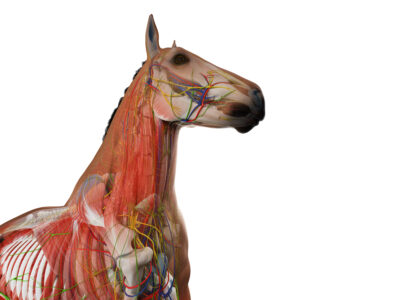
Causes of pressure can be an excessively padded headpiece, a too small browband or, a headpiece that doesn’t suit the horse’s ear shape. The horse has many small muscles at the base of the ear which allows them to be extremely mobile. They are an important part of their sensory system in alerting them to danger. Restricting or compressing these muscles can cause adrenaline levels to rise, triggering the release of the ‘flight or fight’ hormones. If the pressure is not relieved cortisol is released, which will keep the horse in a heightened state of alertness – ‘stress’.
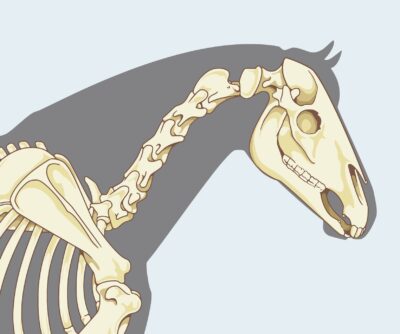
As we move down the skull, we encounter a large bony joint – the temporomandibular joint (TMJ). This major joint allows the horse’s jaw to move while the horse is eating. It is also a major nerve junction where the cranial nerves exit. These nerves send information back to the brain, they control balance, proprioception, posture, as well as sensation in the face, muzzle and lips.
A tight browband also causes pressure here by rubbing over the top of the TMJ, as can buckles from cheek pieces and nosebands, which are fitted too high on the horse’s face. This is VERY common on 95% of bridles I see.
Buckles should sit level with the eye and there should be no overlapping of buckles from either noseband or cheeks. This can be a contributory factor in horses that suffer from head shaking or head flicking.
Nosebands – more harm than good?
Nosebands served a purpose in army horses to prevent horses losing their bridles in a cavalry charge. They enabled the soldiers to convert their military bridles to a headcollar easily, which was very important when dealing with hundreds of army horses and inexperienced soldiers. Tradition now requires that nosebands are used but, they can also be the most misused pieces of equipment available to us.
Cranial nerves run down the horse’s face and exit the skull through holes in the bone called foramen. The first of these holes is the infraorbital foramen, which sits near the facial crest. Nosebands fitted too high and/or too tight can rub causing discomfort for the horse, which again can be seen by horses rubbing their heads.
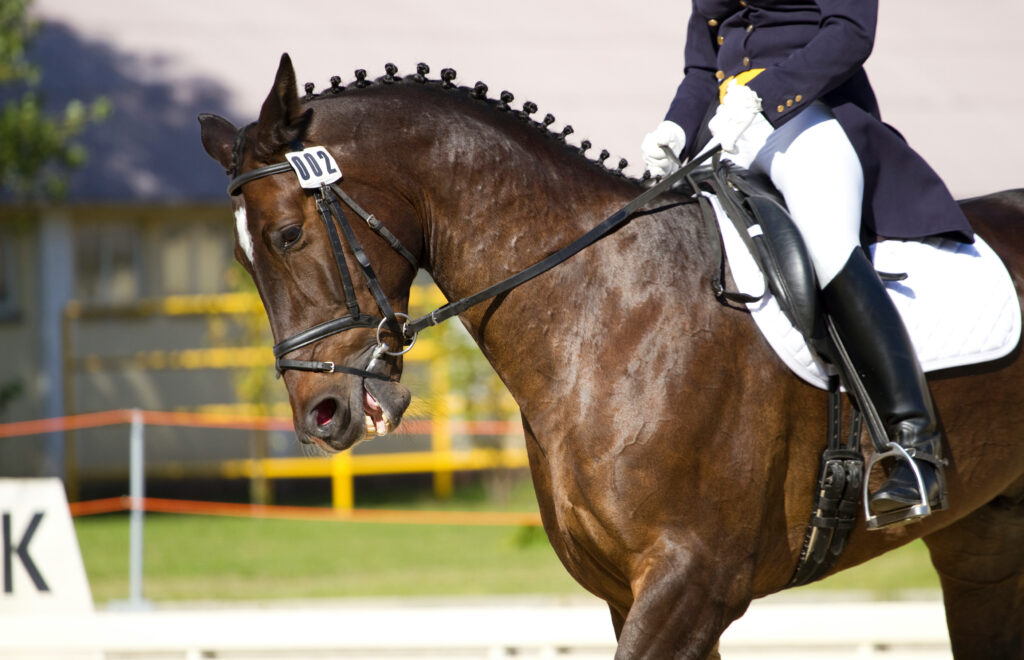
Pressure here also causes disruption to the messages from the brain to the face. Think of the sensation of pins and needles we get from a squashed arm or leg. The horse cannot tell us they are uncomfortable but can show us they are, and we need to recognise these signs and take action! Just one example is, if your horse rubs his head on you as soon as the bridle is removed, it is very likely telling you that bridle is uncomfortable.
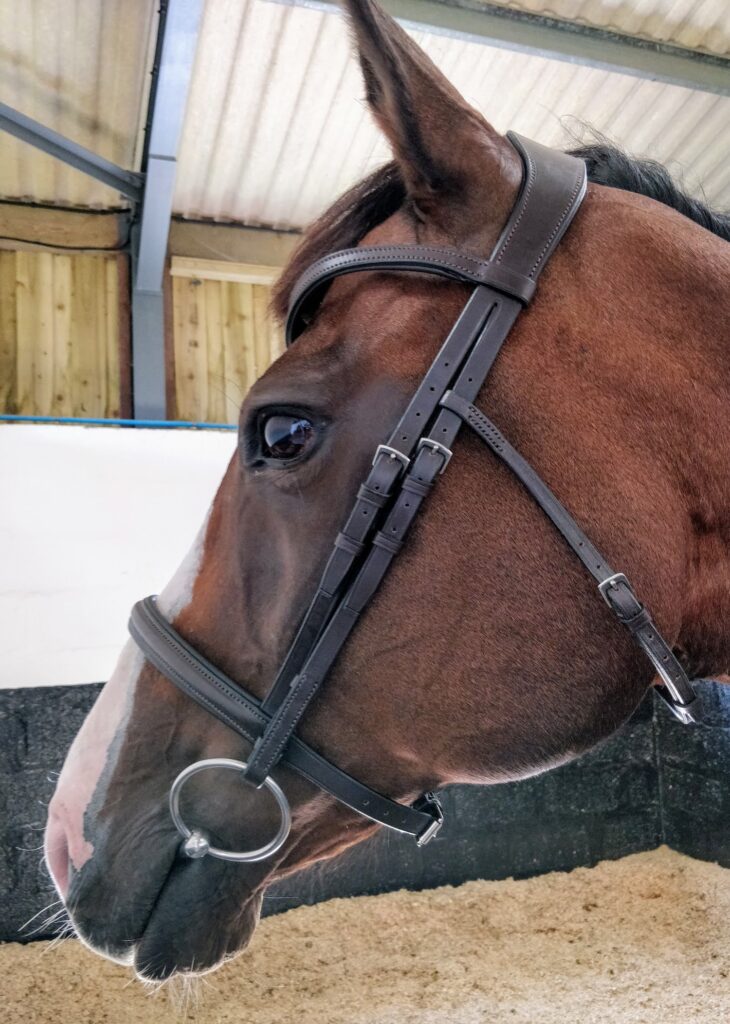
Horses are obligate nasal breathers. This means that they can only breathe through their nostrils, unlike us who are also able to breathe through our mouths. Drops, flashes, grackles, double nosebands – there is an endless list, all sit over the soft nostril tissue, which restricts the amount of oxygen the horse can take in. This can increase their adrenaline levels, again leading to increased stress.
Noseband tightness is (slowly) being addressed on competition horses. A tight noseband of any description causes pain and stress to all our horses.
Don’t forget the ponies!
How many stressy badly behaved ponies have you seen? Children’s ponies always seem to be at the bottom of the list where tack fitting is concerned. Even when competing!
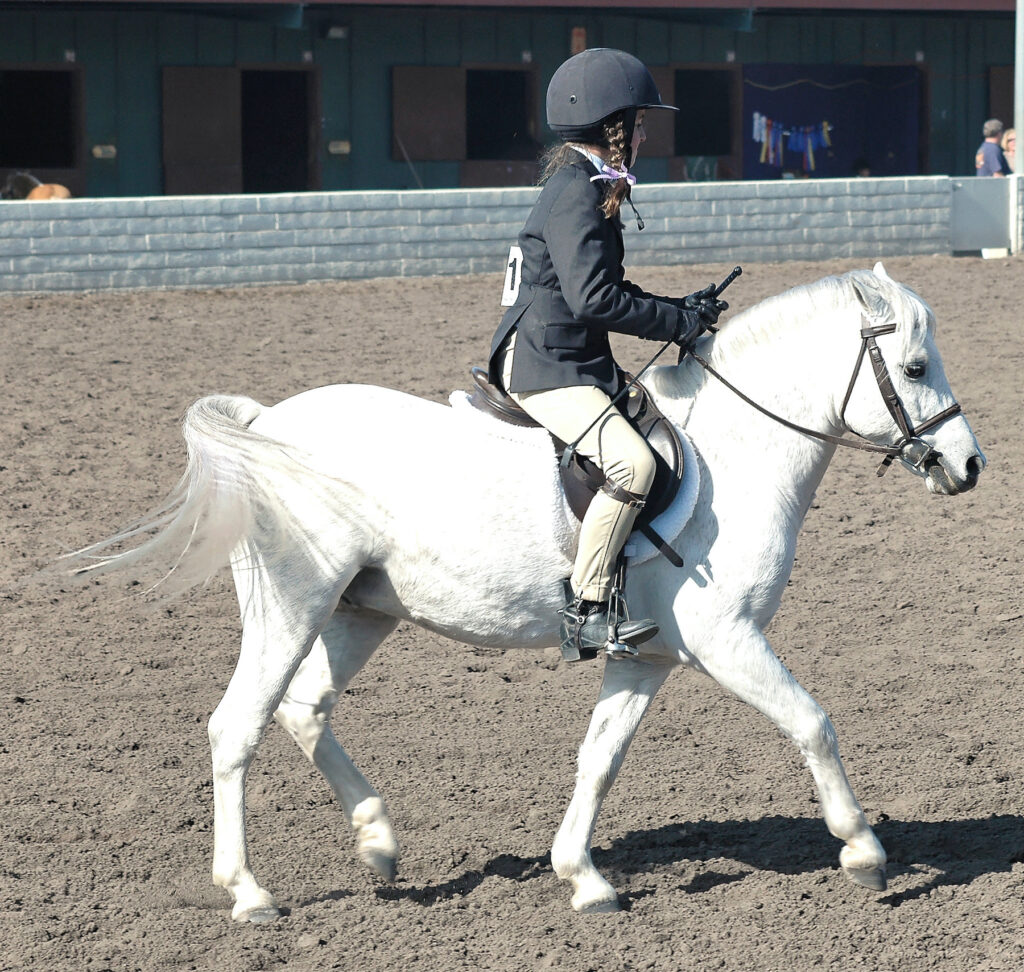
I hope this encourages everyone to reassess how their bridles sit on their horse’s heads: make sure the ears are not being restricted, bony areas are not being rubbed, breathing and jaw movement is not being hampered.
There is a lot of information available, most of it is very good and helpful. If in doubt, do consider a consultation with an independent, qualified bit and bridle consultant. There are good anatomical bridles available, take a look at the Rowan and the Willow at Dragonfly Saddlery
LANTRA qualified Bit & Bridle Consultant Sue Stanbridge, is a member of EAPER (Ethos Accredited Professionals Equine Register)
For more information on bridle and bit fit check out our webinar with Sue
‘The biomechanics of bridle and bit fit’ and for further reading ‘How to fit a bridle’
